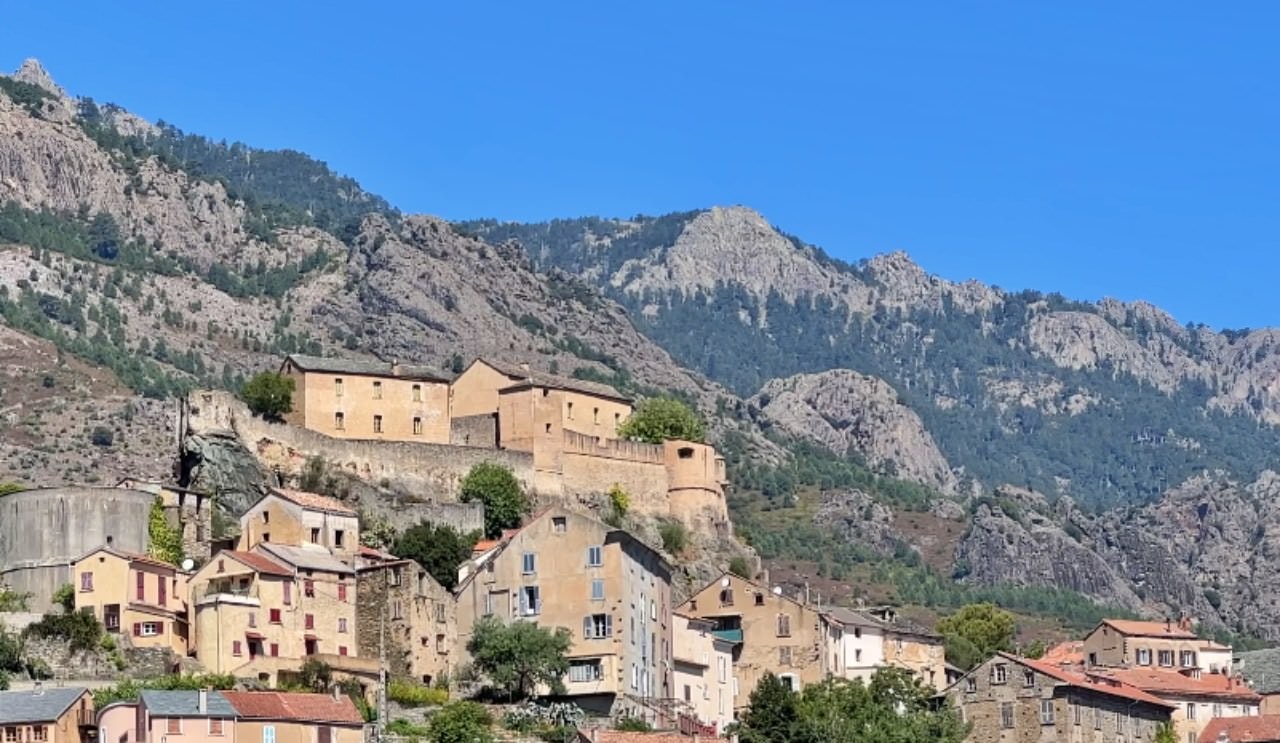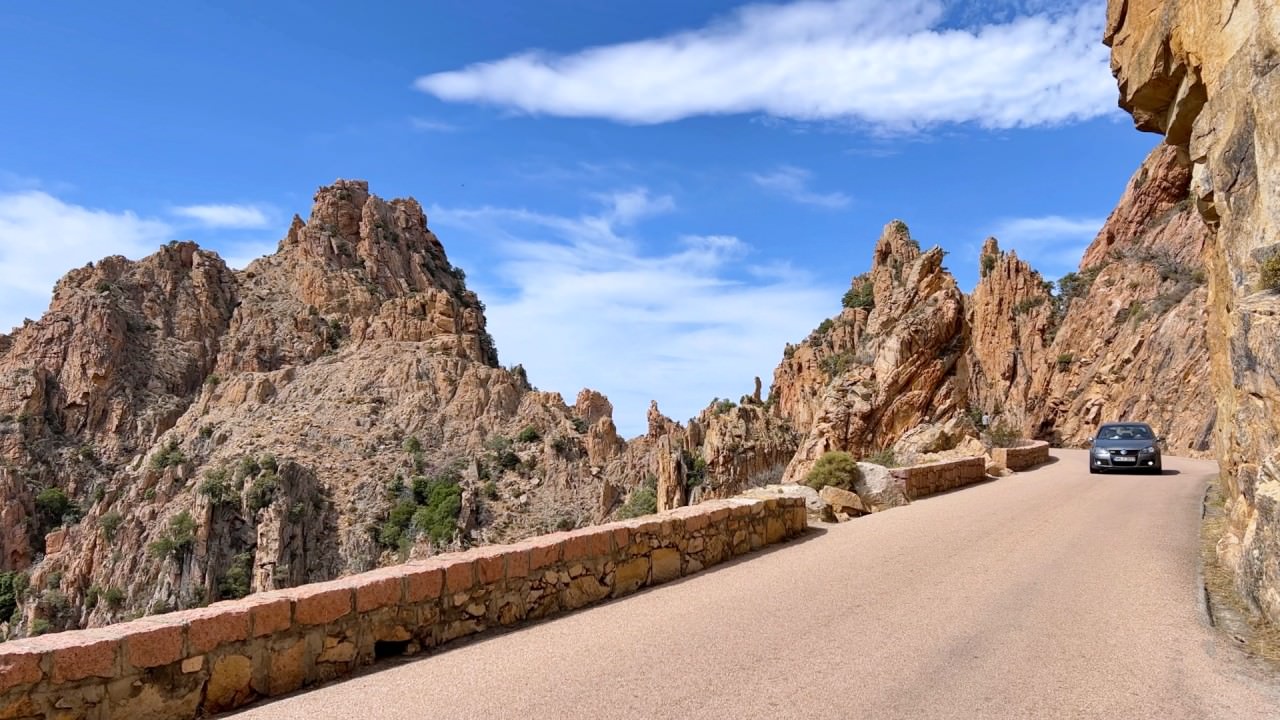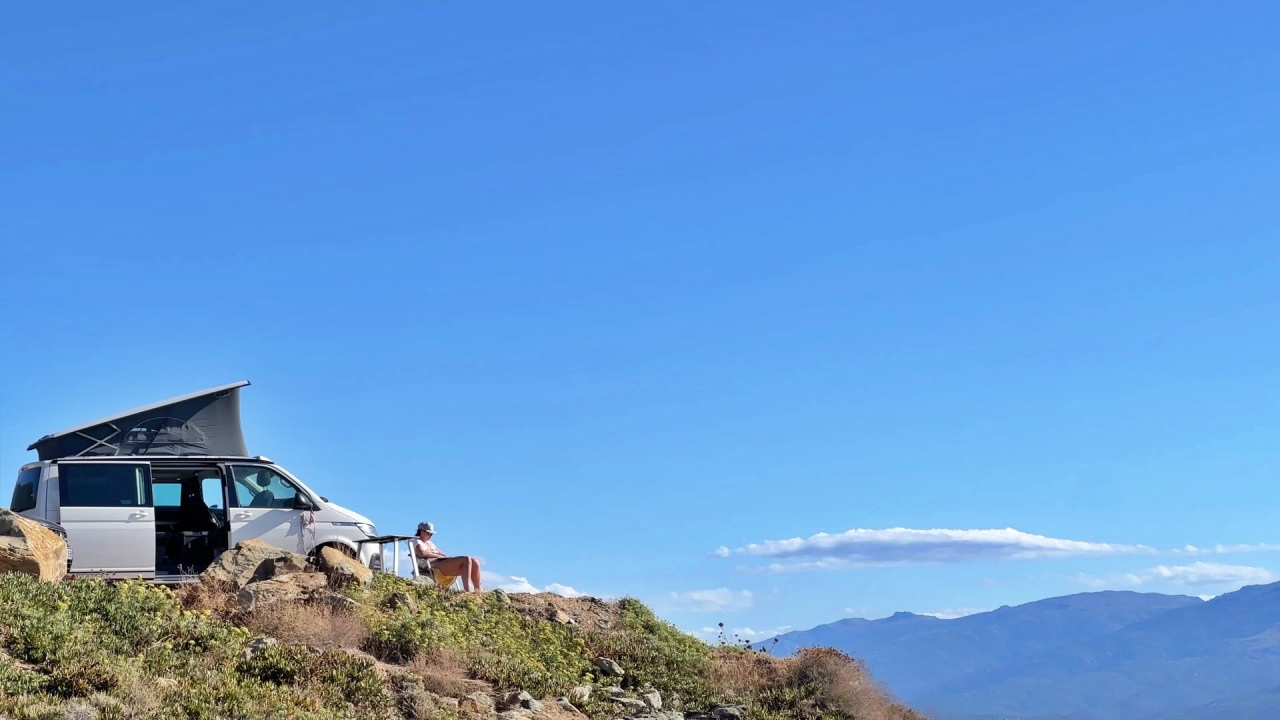Sartène, located in southwest Corsica, France, is often heralded as “the most Corsican of Corsican towns.” This quaint town is perched at an altitude of 300 meters above sea level and is situated approximately 83 kilometers from Ajaccio, the island’s capital.
Renowned for its rich history dating back to the 16th century and distinctive medieval architecture, Sartène embodies the essence of Corsican culture and heritage.
Established under Genoese rule, it was fortified against invasions, most notably the 1583 Ottoman attack. This event highlights Sartène’s strategic significance in Corsica’s past. The town’s architecture, characterized by solid granite buildings, reflects a history of vendettas and conflict, showcasing a resilient and enduring cultural identity. Today, Sartène’s complex network of alleyways and staircases mirrors its historical evolution, making it a living museum of Corsica’s multifaceted history and a testament to the island’s enduring spirit.
Sartène’s History
Sartène, with a history dating back to medieval times, stands as a testament to Corsica’s tumultuous past. Established in the early 16th century under Genoese rule, the town was initially fortified as a defense against coastal raids, particularly the notable 1583 attack by Ottoman governor Hassan the Veneziano. This incident, where around 400 residents were enslaved, is a stark reminder of Sartène’s strategic importance in Corsica’s history.
The town’s architecture, characterized by solid, granite buildings, speaks volumes of its legacy of vendettas and banditry. These structures, often resembling fortresses, reflect a period marked by internal conflicts and the need for protection. This historical turbulence has profoundly influenced Sartène’s culture, embedding a sense of resilience and strength in its identity.
Over the centuries, Sartène evolved, expanding beyond its original fortified boundaries. The town’s layout, with its intricate network of alleyways and staircases, mirrors the complex societal changes it underwent. Today, Sartène not only retains its medieval character but also serves as a living museum, embodying the rich, multifaceted history of Corsica.

Sartène’s Weather
Sartène enjoys a typical Mediterranean climate characterized by warm, dry summers and mild, wet winters. The average summer temperature hovers around 23.9°C (75.0°F), making it ideal for exploring the town’s outdoor attractions and nearby beaches. The warmest month is usually August, a perfect time for those who prefer sunny vacation days.
Winters in Sartène are moderate, with temperatures rarely dropping below 8.9°C (48.0°F). The coldest month is typically February. Rainfall is more common during the winter, with November being the wettest month, averaging a total rainfall of about 732.1 mm (28.82 in) annually.
For travelers seeking comfortable weather without the peak season crowds, the spring (April-May) and autumn (September-October) months offer a pleasant climate, with fewer tourists and a more relaxed atmosphere. During these months, the temperatures are mild, perfect for exploring the historical sites and natural landscapes.
Sartène does not experience any extreme or unique weather phenomena, making it a year-round destination. However, the best time to visit largely depends on individual weather preferences and the type of activities planned.
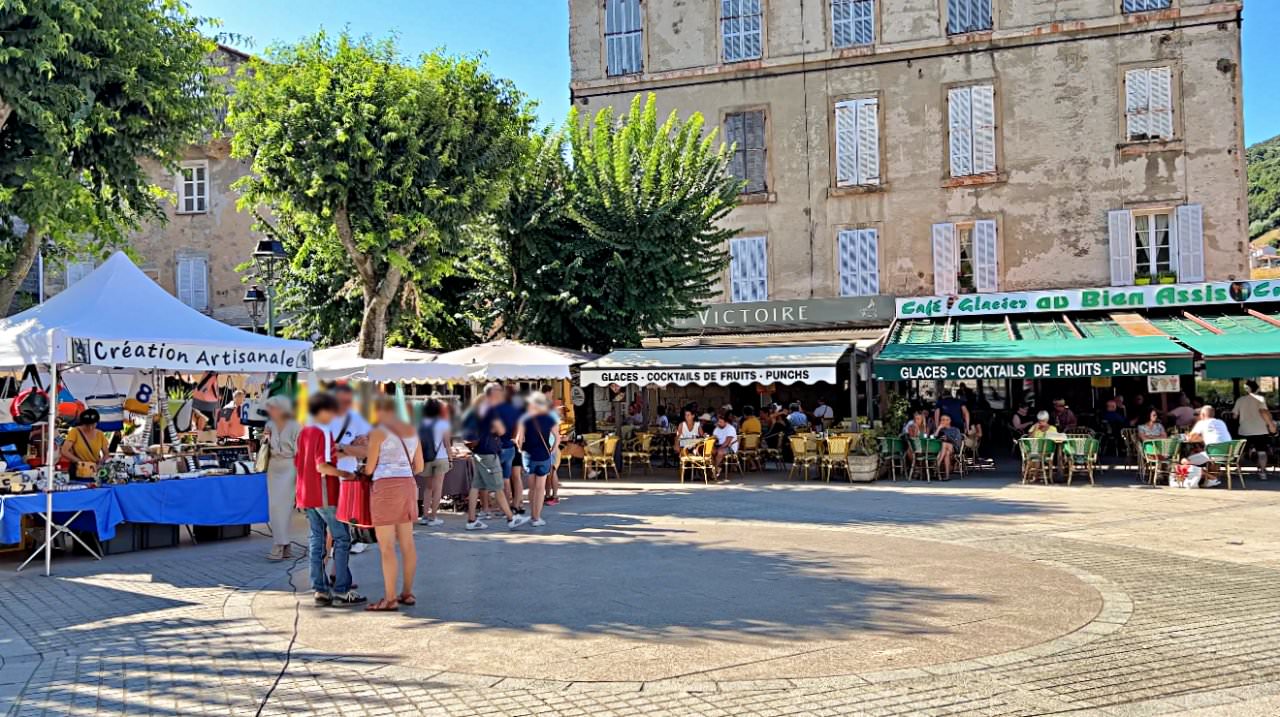
Transportation to Sartène
Sartène, located in the Corsica region of France, is accessible via various modes of transportation:
- By Air: The closest airports to Sartène are Figari–Sud Corse Airport (FSC), located about 44 km away, and Ajaccio Napoleon Bonaparte Airport (AJA), approximately 75 km distant. These airports offer flights from major cities in France and Europe.
- By Sea: The nearest major port is in Propriano, a key maritime outlet just around 14 km from Sartène. Ferry services connect Corsica with mainland France and Italy, offering another option for travelers to reach the island.
- By Land: Sartène is well-connected by road. The primary route is the T40 highway, which links Ajaccio to Bonifacio, passing through Propriano and Sartène. From Porto-Vecchio, travelers can take the D859 to the T40, turning right towards Sartène-Propriano-Ajaccio.
Attractions and Activities
Historical and Cultural Sites
- Echauguette (Genoese Tower): This historical defense tower from the 16th century is a prominent landmark in Sartène. Visitors can enjoy stunning views of the Rizzanese Valley and gain insight into the town’s historical military strategies.
- Eglise Ste-Marie: Built in the 1760s, this church is a testament to Sartène’s religious heritage. It dominates the town square and houses significant religious relics, including artifacts related to the U Catenacciu procession.
- Santa Anna Old Town: The old town area showcases Sartène’s medieval history through its maze of tall granite buildings and narrow streets. This district behind the Hotel de Ville offers an authentic experience of Corsican architectural style.
- Musée de la Préhistoire Corse: This museum highlights Corsica’s prehistoric era, featuring artifacts from local archaeological sites like Cauria and Palaggiu. The exhibits provide valuable insights into the island’s early human settlements.
- Place Porta (Place de la Libération): The town’s main square, this area is a social hub lined with bars and cafes. Known for its palm trees and lively atmosphere, it is a focal point for community events and historical reflection.
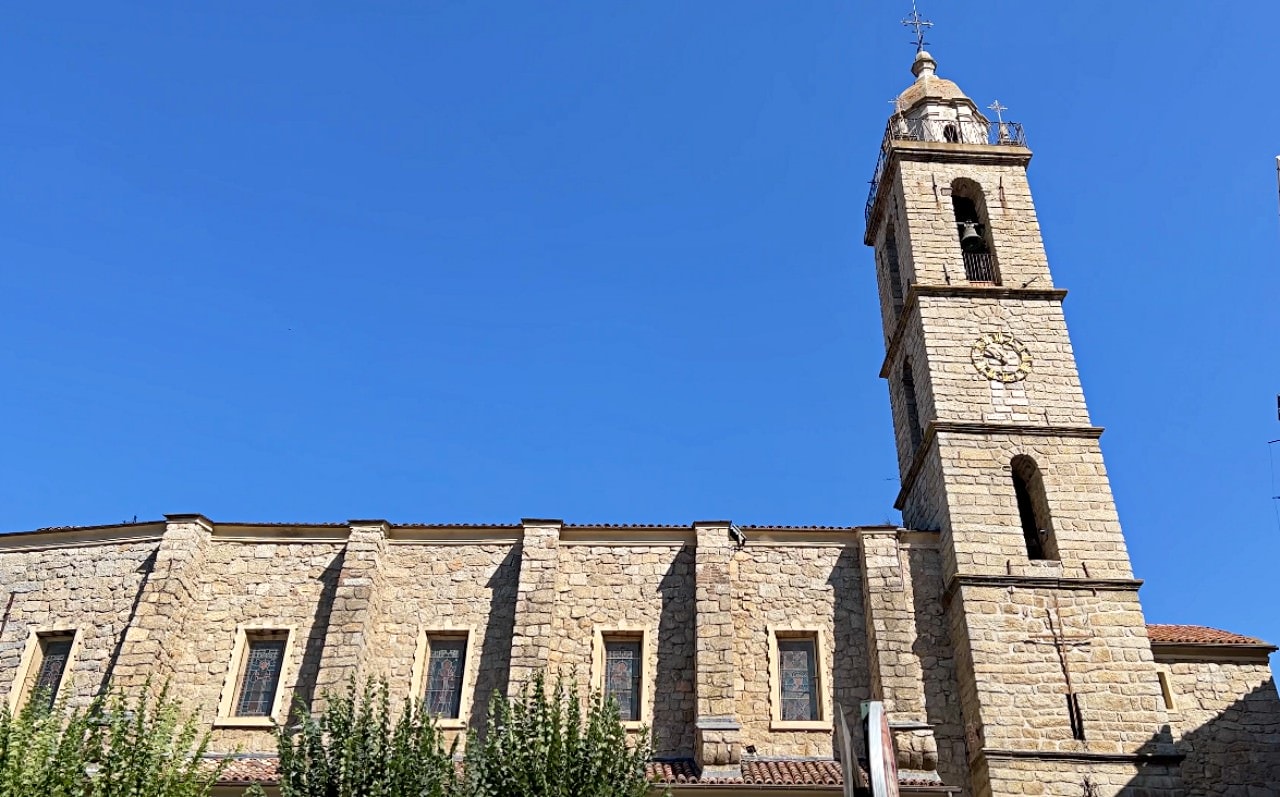


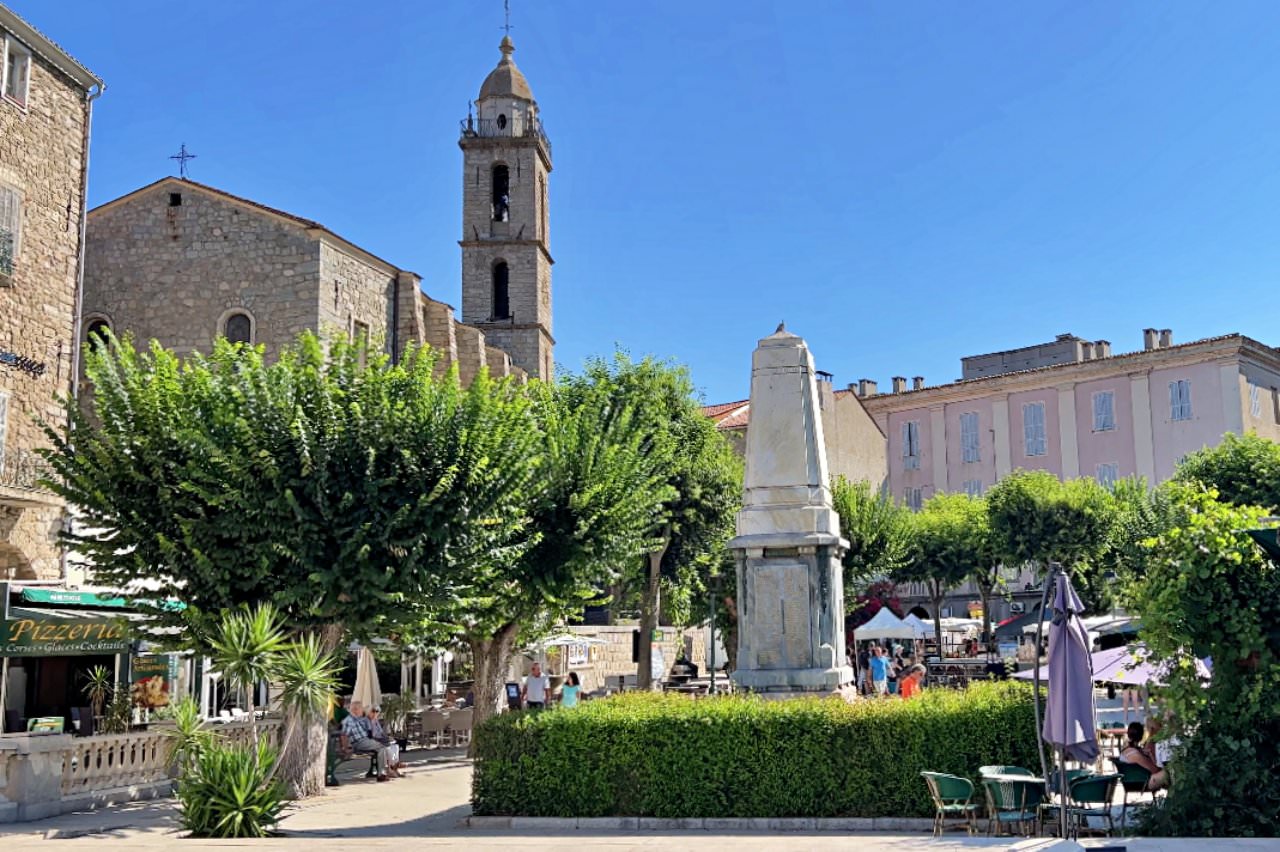
Nearby Attractions
- Genoese Bridge Spina Cavaddu (Spina Cavallo): This 13th-century bridge, a mere 15-minute drive from Sartène, is celebrated for its distinctive ‘horseback’ architecture. It offers picturesque views and a quaint sandy beach for relaxation.
- Casa di Roccapina & Roccapina Beach: About 30 minutes from Sartène, Casa di Roccapina delves into the region’s history and geology. The museum displays the renowned Lion of Roccapina rock formation. Nearby, Roccapina Beach, known for its unspoiled beauty, offers a serene coastal experience.
- Archaeological Sites of Cauria: A short 25-minute journey leads to significant prehistoric sites including Stantari, Rinaju/Renaghju, and Funtanaccia, each revealing insights into ancient human settlements.
- Filitosa Prehistoric Site: Located roughly 40 minutes from Sartène, this UNESCO World Heritage Site is distinguished by its menhirs and megalithic structures from the Neolithic era, marking it as a crucial European prehistoric site.

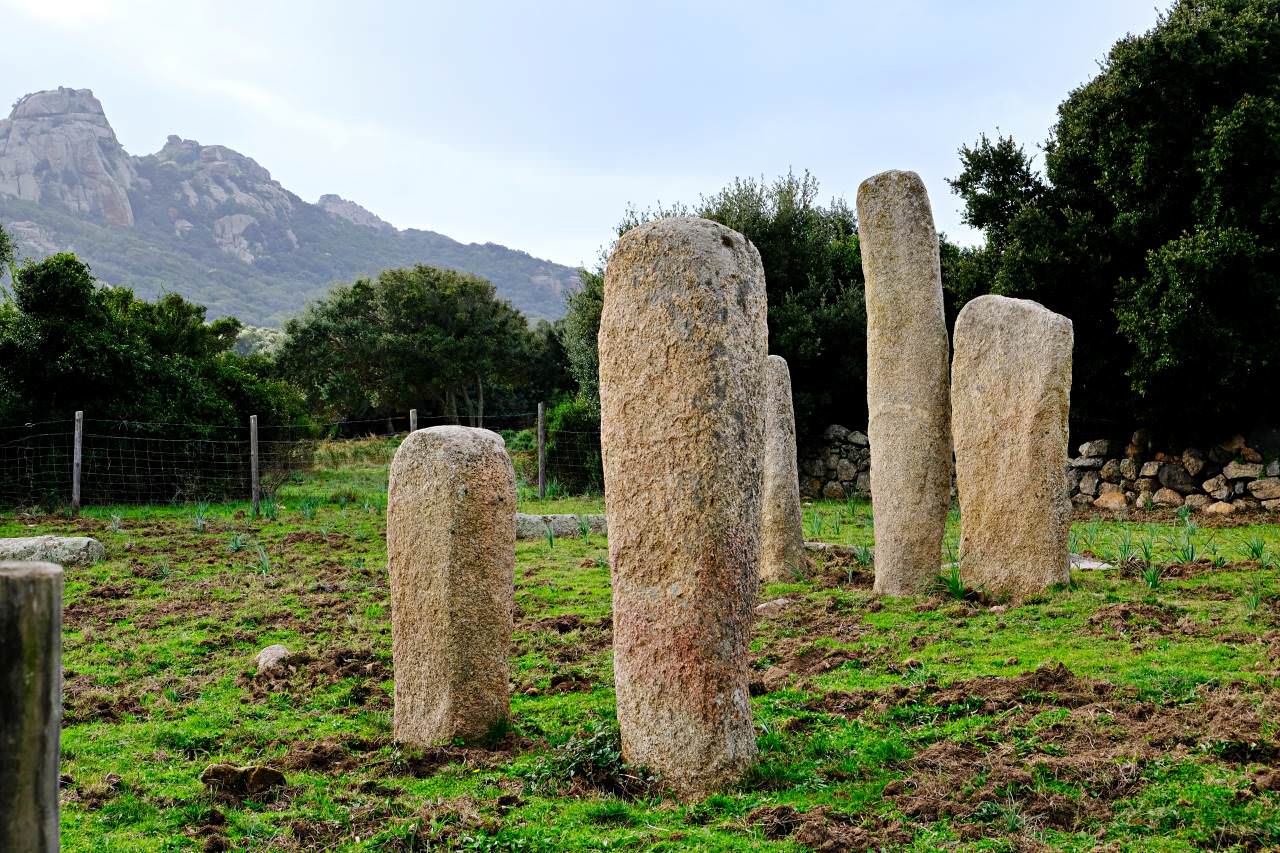
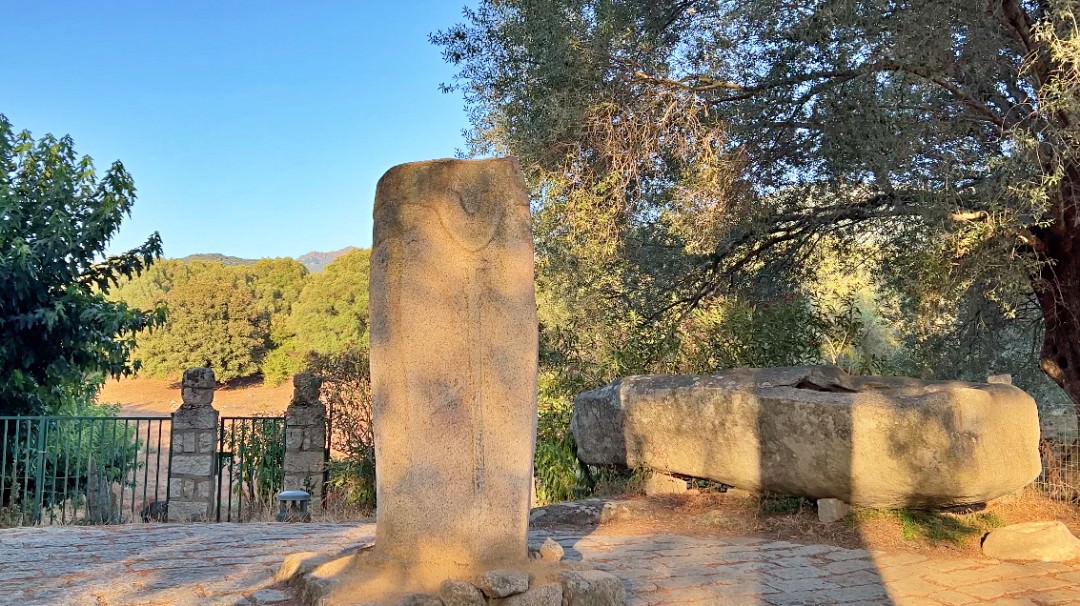
Events and Festivals
- Carnival of Corsica at Sartène: Held typically in late April to early May, this vibrant event revives traditional Corsican carnival festivities. It includes animations, masked balls, parades, and a large “Corso” with local floats, engaging both children and adults. The carnival ends each day with a celebratory ball.
- The Catenacciu Procession: Occurring on Good Friday, this solemn religious procession is led by an anonymous “great penitent” clad in a hood and red gown, bearing a 31 kg cross and dragging a 14 kg chain. Symbolizing Christ’s journey to Golgotha, the procession is 2 km long and features traditional Corsican chants, overseen by the Brotherhood of Sartène.
Sartène’s Culinary Essence
Sartène’s culinary landscape offers a rich array of traditional Corsican flavors:
- Charcuterie: The town is famous for its cured meats, notably figatellu, a traditional Corsican sausage, and lonzu, made from smoked and dried pork loin.
- Brocciu Cheese: A versatile and beloved cheese in Corsican cuisine, brocciu is made from sheep or goat milk and is used in various dishes, from savory to sweet.
- Wine Production: Sartène’s vineyards are known for producing distinctive wines that capture the essence of the local terroir, making the area a must-visit for wine enthusiasts.
Accommodations in Sartène
In Sartène, accommodations range from luxury to budget-friendly, each offering unique experiences:
High-Price Range: The Best Western Plus San Damianu Hotel is perched uphill on the Gulf of Valinco, 6.2 miles from the sea. It provides guests with breathtaking views of the sea, mountains, and the village of Sartène, alongside upscale amenities.
Medium-Price Range: Rossi Hôtel, located just 0.7 miles from the heart of Sartène and a 10-minute drive from Valinco beach and Propriano, features an outdoor swimming pool, offering a blend of convenience and relaxation.
Low-Price Range: Auberge Coralli, situated 1.7 miles from the picturesque Roccapina Beach, offers a tranquil retreat with accommodations that include a garden, free private parking, a terrace, and an on-site restaurant, catering to those seeking a serene and affordable stay.
Why Visit Sartène
Sartène’s appeal lies in its unique combination of historical depth, cultural vibrancy, and scenic beauty. From exploring the historic Echauguette tower and the ancient Eglise Ste-Marie to wandering through the Santa Anna Old Town’s maze-like streets, the town offers a window into Corsica’s soul. With a Mediterranean climate ideal for year-round visits and a variety of activities catering to history buffs, nature enthusiasts, and culinary explorers, Sartène encapsulates the essence of Corsica, making it a must-visit destination for those seeking an authentic and enriching travel experience.

- Ajaccio’s Allure: Discovering the Jewel of Corsican Culture and Nature

- L’Île-Rousse: A Blend of Corsican Tradition and Seaside Splendor
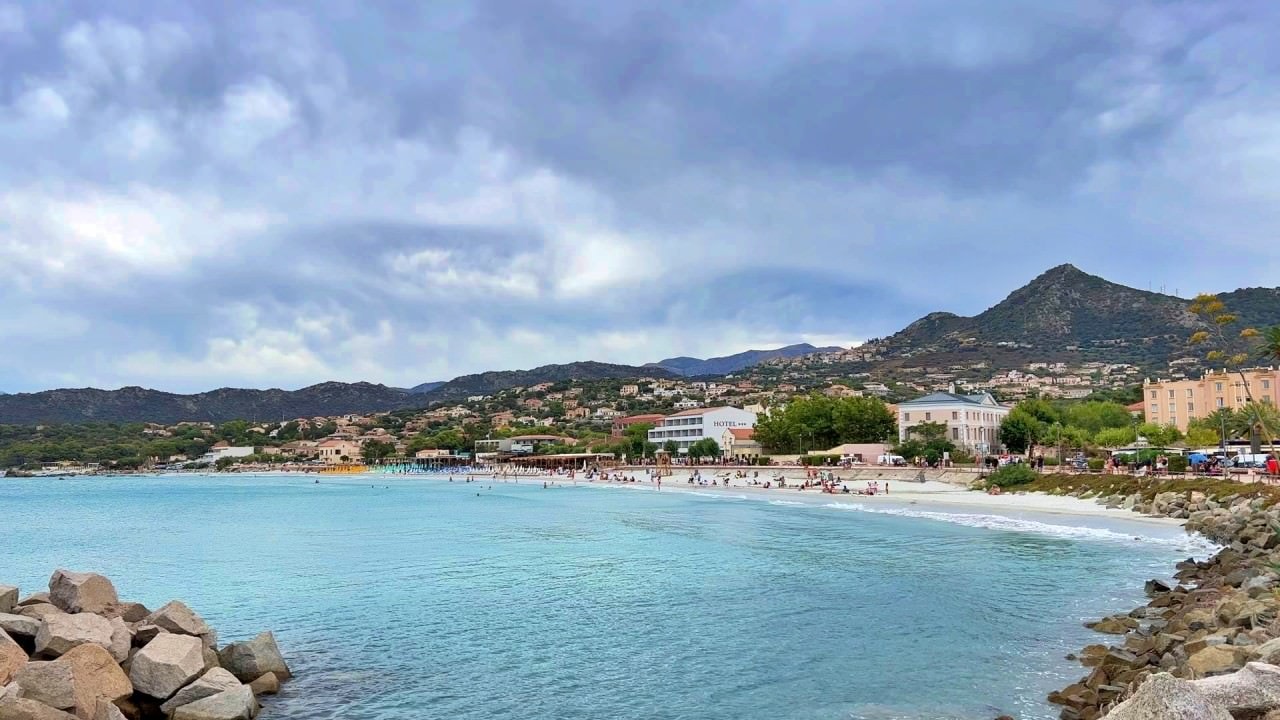
- Bastia: A Corsican Treasure Between History and Modernity

- Porto Vecchio: From Pristine Beaches to the Genoese Citadel
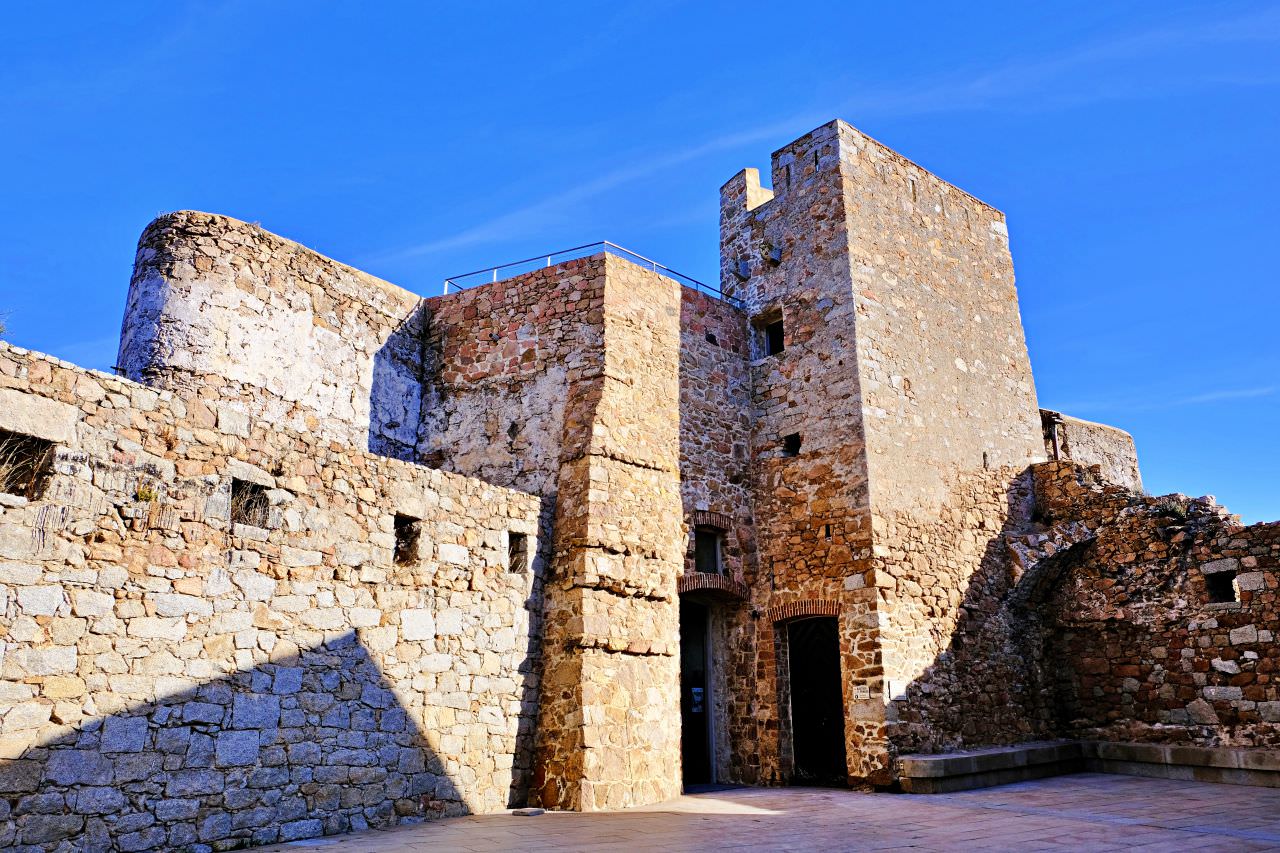
- Sartène: Delving into the Rich Tapestry of Corsica’s Most Iconic Town

- Corte: Corsica’s Heart of History and Natural Splendor
